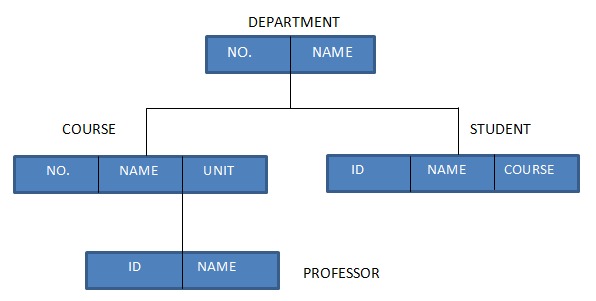
In contrast, the traditional data model is flat, with each EDW table effectively the final destination of its data within the EDW. The “hierarchy” is created by the relationships between antecedent “upstream” tables and descendent “downstream” tables. This is roughly analogous to object-oriented approaches in traditional application software development, with tables playing the role of objects: modular components that can be reused and combined to create new objects. Tables in a hierarchical data model are populated using queries that can draw from other tables that are themselves full-fledged members of the data model.

Simply put, a hierarchical data model is a data model that builds on itself.

One foundational design decision is to organize tables into a “hierarchical data model.” In this Master Class, we describe this approach in detail, and outline its benefits compared to traditional “flat” EDW data model designs. Over the years, Ursa Health has developed a playbook for building healthcare data models that are flexible, usable, and performant. What database technology should they use? On-premise or cloud? What levels of access should different constituencies have to sensitive data? What about disaster recovery?Īmong the most consequential decisions are those related to what information the EDW contains, and how that information is organized: that is, the “data model” of tables, columns, and the relationships between them.

Organizations have many decisions to make when building an EDW. Unsuccessful EDWs become black holes of effort and morale. Successful EDWs can provide hugely valuable insights. An enterprise data warehouse (EDW) is the beating heart of a healthcare organization’s analytic capabilities.


 0 kommentar(er)
0 kommentar(er)
